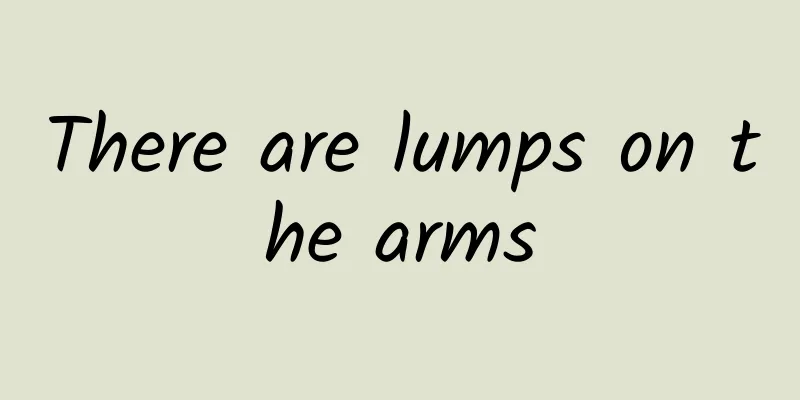Why is there pain when pressing a lump in the chest?

|
From a clinical perspective, if there are lumps in the chest and they are painful when pressed, then you are very likely to have breast diseases such as milk duct enlargement, breast hyperplasia, and breast fibroids. If you are worried, you can check it yourself. After taking off your clothes, press the breasts with your flat palms to see if there is pain, whether there are lumps, how big they are, whether they move, etc. 1. Why does it hurt when pressing a lump in the chest? 1. Enlarged milk ducts: It is often found in women around 40 years old, and the nipples on both sides will secrete some sticky liquid. The patient will have a burning sensation and a dull pain in the areola area, and upon palpation, curved and swollen milk ducts will be found under the areola. Experts suggest that if you have a breast lump, it is best to go to the hospital for a check-up. 2. Breast hyperplasia: The clinical manifestation of this disease is breast lumps, which are the main basis for diagnosing breast diseases. Most of them are multiple, with lumps of varying sizes, hard or tough texture, and the lumps are not adhered to the skin. The surface of the lumps is often not smooth and feels granular to the touch. In addition to the above symptoms, some patients have systemic symptoms such as nipple itching, discharge, bitter taste in the mouth, rib distension, chest tightness, anorexia, and menstrual disorders. 3. Breast fibroids: This is the most common benign breast tumor, mostly occurring in women over 30 years old. It is often bilateral and multiple and can cause swelling, pain and tenderness, and the symptoms are more severe before menstruation. Breast fibroadenoma: It is common in women around 20 years old. A lump can be felt in the breast, but there is no tenderness. 2. How to self-check? Take off your clothes and place your palms flat on your breasts and press gently. If someone else is helping, it is best to stand behind the person being checked and reach your hand from behind to the chest to touch and press. If you find a lump in your breast, pay attention to the size of the lump, whether it can move, whether it is adhered to the skin or breast tissue, and whether it is tender. In addition, the chest wall, contralateral breast, and bilateral axillae should also be checked for the presence of enlarged lymph nodes. Also pay attention to whether the breasts on both sides are the same size, whether the nipples are inverted, whether there are any depressions in the breast skin, or other special changes. |
<<: What will happen to Baidian Crazy?
>>: What happens if you don't sleep for two days?
Recommend
Can hyperplastic anemia be cured?
There are many types of anemia clinically, and pr...
The effect of snake retreat
Snake's Back is a traditional Chinese medicin...
What to do if you have severe constipation before delivery
Constipation in pregnant women is a common proble...
The role of anhydrous copper sulfate
Anhydrous copper sulfate is an agricultural pesti...
Learn how to reduce swelling and relieve pain after falls
In daily life, falls are the most common injury, ...
Pain in the bones near the ears when eating
In life, many people like to eat some hard food o...
Symptoms of minor neuritis
Peripheral neuritis is a relatively common diseas...
Is Sydney cool or hot?
Snow pear is a fruit that many people like to eat...
Men's testicles have goose bumps and bloodshot
"Dandan" is the common name for male te...
What causes white liquid in male urine?
When men urinate, white liquid often appears. Thi...
How to determine whether the bones are closed?
It is everyone's wish to grow taller to the d...
What is occult blood in urine?
Do you know what occult blood in urine is? Genera...
How to use Sanfutie. How to use, precautions
If you want to achieve the ideal effect of “treati...
How to quickly reduce swelling of eye bags
Swollen eye bags are very common in life. For exa...
What is tinea corporis? Be careful if you get it too
Tinea corporis is a fungal infection. If you suff...









